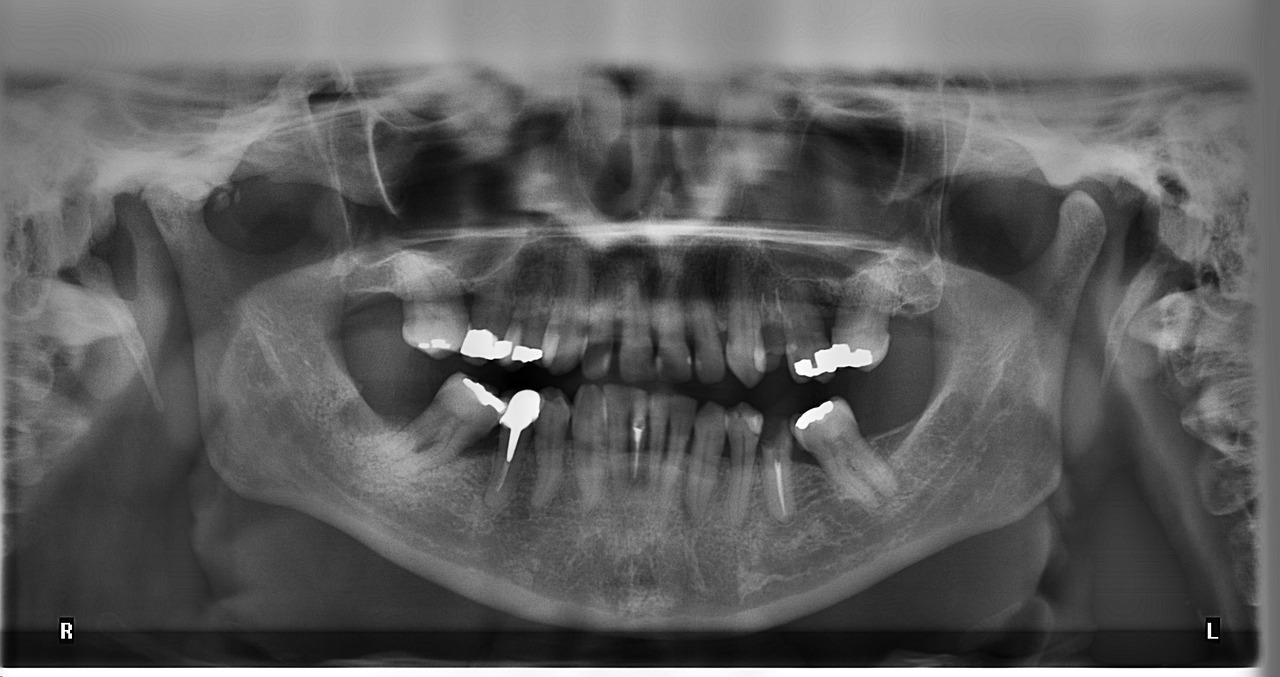
Dentistry has witnessed a remarkable transformation over the years, fundamentally shaped by the advent and evolution of X-ray technology. This breakthrough in medical imaging has not only unveiled the hidden aspects of dental health but also revolutionized the approach to diagnosis, treatment planning, and patient care. The journey of X-ray technology, from its serendipitous discovery to its pivotal role in modern dentistry, is a testament to human ingenuity and the relentless pursuit of improving healthcare.
The Discovery and Initial Applications
X-ray technology was discovered in 1895 by Wilhelm Conrad Roentgen, a German physicist, who stumbled upon it while experimenting with cathode rays. This discovery, though initially not intended for medical use, quickly found its way into medicine, including dentistry. The ability to see through soft tissues to the hard bones beneath was revolutionary. Early dental practitioners recognized the potential of X-rays to diagnose conditions that were otherwise invisible to the naked eye, such as cavities between teeth, root canal issues, and the exact positioning of impacted teeth.
The Integration into Dentistry
Visiting a local dental clinic can be enlightening, as it will help gain a deeper understanding of the integration of X-ray technology in dental practice. I interviewed my Kenosha dentist, who shared invaluable insights into how X-ray technology has become an indispensable tool in their practice. According to the dentist, “X-rays allow for a comprehensive oral health examination, detecting dental issues that are not apparent during a physical examination. This early detection leads to timely intervention, which can prevent the progression of dental diseases and save teeth that might otherwise be lost.”
Evolution of X-ray Technology in Dentistry
Over the years, X-ray technology has evolved significantly, with advancements aimed at improving clarity, reducing exposure time, and minimizing radiation risk. Dental X-rays have become faster, safer, and more precise from the initial cumbersome and time-consuming process. Digital radiography, introduced in the late 20th century, marked a significant milestone, offering instant images with lower radiation doses. This technology also facilitated easier storage and sharing of X-ray images, enhancing collaboration among dental professionals.
Impact on Diagnosis and Treatment
The impact of X-ray technology on dental diagnosis and treatment is profound. Providing a clear view of the teeth, jawbone, and surrounding structures enables dentists to diagnose issues with a high degree of accuracy. Conditions such as cavities, gum disease, and jawbone anomalies can be detected early, allowing more effective treatment. Furthermore, X-rays are instrumental in the planning and executing of various dental procedures, including implants, orthodontics, and extractions, ensuring that these interventions are carried out with precision and safety.
Advances in Safety and Accessibility
Concerns about radiation exposure have driven innovation in X-ray technology, leading to the development of techniques and equipment that significantly reduce radiation doses. Lead aprons and thyroid collars are routinely used to protect patients during X-ray examinations. Moreover, digital X-rays have minimized radiation risks, making dental X-rays safer than ever before.
Accessibility to X-ray technology has also improved, with portable X-ray units making it possible to conduct dental X-rays in various settings, including remote areas and patient’s homes. This mobility has expanded the reach of dental care, ensuring that more people have access to essential diagnostic services.
Challenges and Future Directions
Despite its indispensable role in dentistry, X-ray technology has challenges. The cost of advanced X-ray equipment and the need for specialized training can be barriers to access in underserved communities. Additionally, ongoing efforts are required to balance the benefits of X-ray diagnostics with the imperative to minimize radiation exposure.
The future of X-ray technology in dentistry is promising, with research focused on further reducing radiation doses, enhancing image quality, and integrating artificial intelligence (AI) to improve diagnostic accuracy. Innovations such as three-dimensional imaging and cone-beam computed tomography (CBCT) already provide unprecedented detail and depth, enabling a more holistic approach to dental care.
Enhancing Patient Experience
The advent of X-ray technology in dentistry has significantly enhanced the patient experience in several ways. Firstly, the ability to swiftly diagnose and explain conditions to patients using visual aids has empowered individuals to understand their oral health status better. This transparency and education foster a sense of trust and cooperation between patients and dental professionals. Moreover, the precision in diagnosis and treatment planning made possible by X-rays minimizes the need for invasive exploratory procedures, thereby reducing patient discomfort and recovery time.
Final Thoughts
The evolution of X-ray technology has been a cornerstone in the advancement of dentistry, offering a window into the previously invisible aspects of oral health. Its impact extends beyond diagnosis and treatment, influencing patient outcomes, safety, and the overall quality of dental care. As technology continues to evolve, the future of dentistry looks brighter, with the promise of even more precise, safer, and accessible X-ray diagnostics. This journey from discovery to innovation reflects the dynamic nature of dental science and the ongoing quest to enhance patient care through technological advancement.